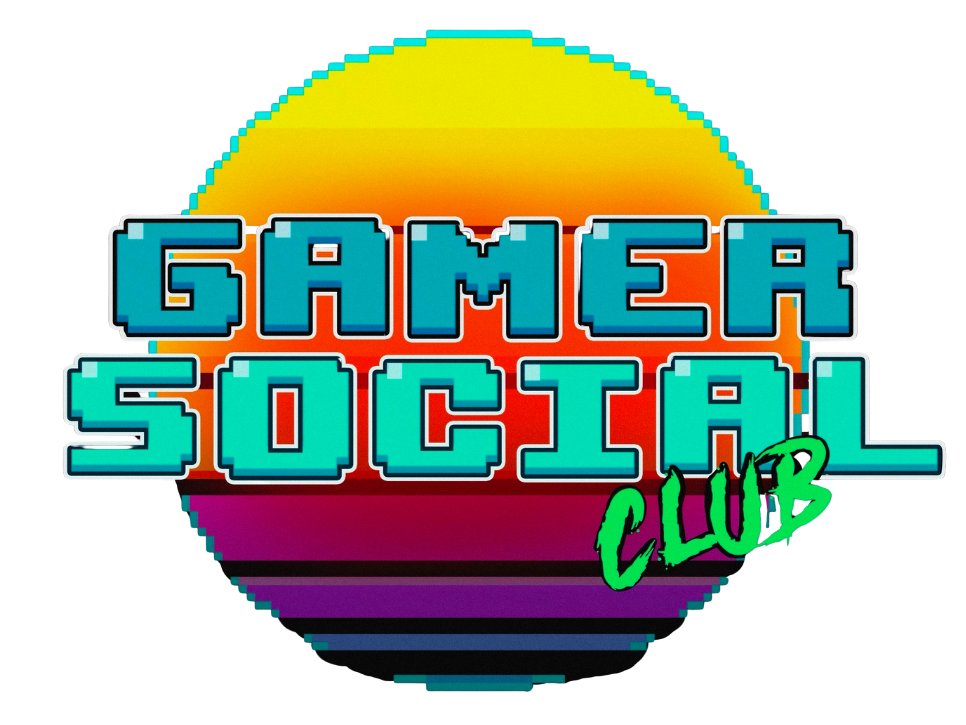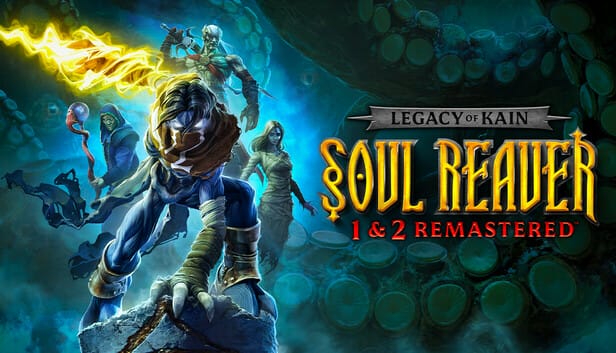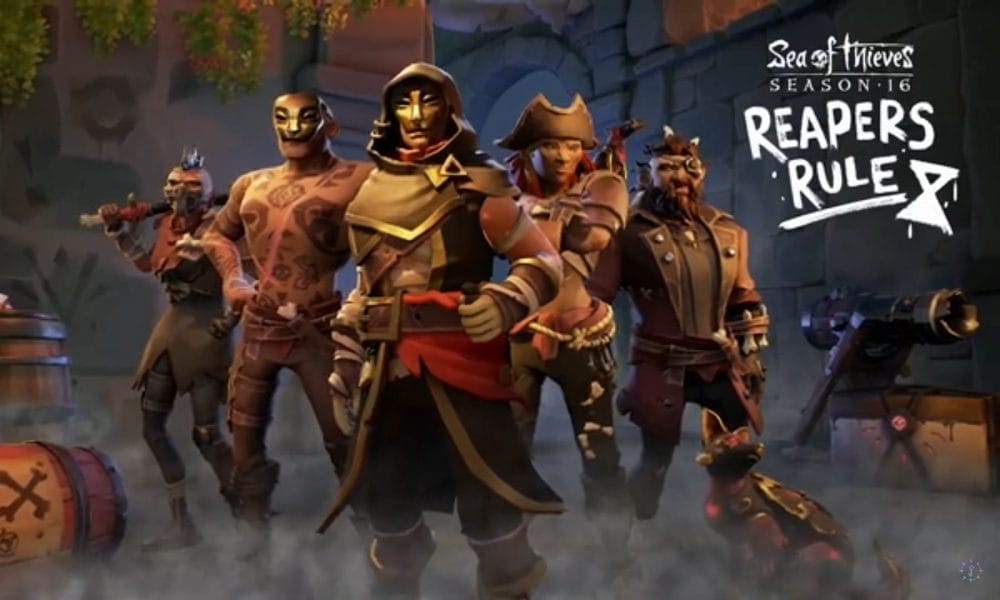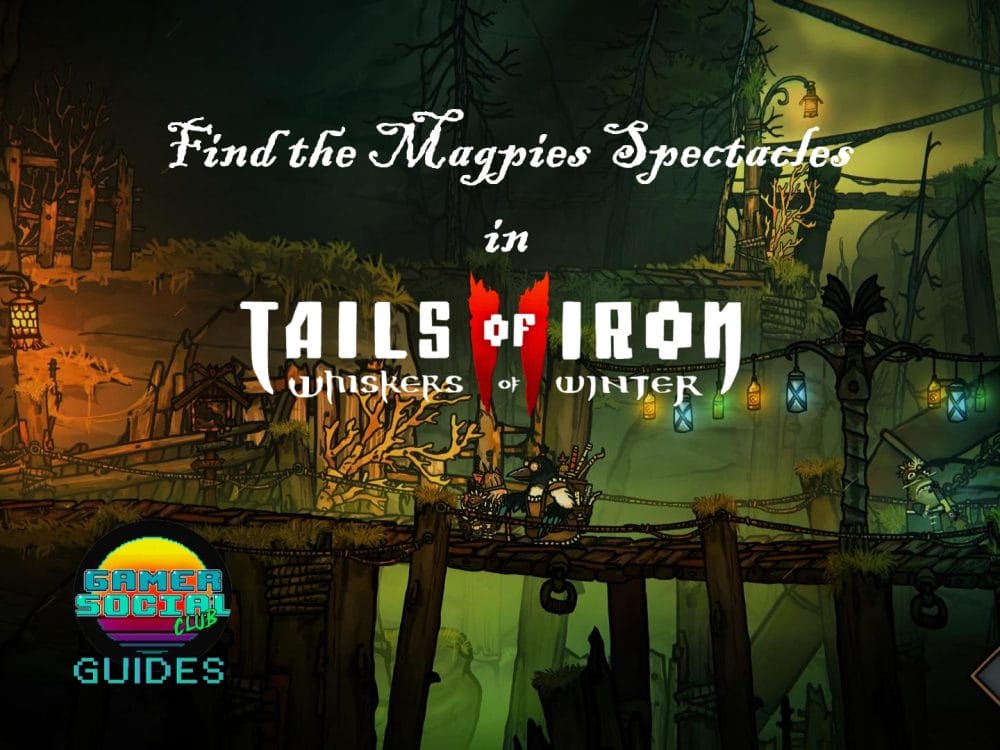With the recent successes of game developers remastering and rereleasing classic hits like Resident Evil 4 and Silent Hill 2, we have started to see a new wave of developers revitalizing old franchises and fan favorites. In December 2024, Crystal Dynamics released a remaster of the classic 1999 Legacy of Kain: Soul Reaver, as well as its 2001 sequel, Soul Reaver 2.
I did a run through of each of these games and we’ll be presenting the overall story, as well as the good and the bad of these remasters. Fair warning – I am someone who was a) unaware that these games are steeped in the larger lore of the Legacy of Kain universe and (b) did not play them when they initially came out. We’ll shy away from some of the major plot points/twists and get the nitty gritty down on paper.
Soul Reaver 1
The Story
We find ourselves in Nosgoth, a fictional world tied to the Nine Pillars of Nosgoth, which dictate the health of the land. Each of these pillars are tied to a guardian, all of whom became corrupt before the events of our current story and were eventually killed by Kain (the protagonist of the prequel, Blood Omen: Legacy of Kain).
The world, in turn, decayed and became ruled by vampires. Raziel, one of Kain’s lieutenants, is cast into the Lake of the Dead after surpassing Kain by…growing wings? This is where we begin on a journey to restore our powers, after being resurrected by The Elder God. In our current state, we can alternate between the “real†world and the “spectral realmâ€, each of which provide their own unique challenges. In Raziel’s journey, he re-encounters Kain, who is not surprised that Raziel still appears to “liveâ€. After a brief encounter, Kain attempts to strike down Raziel with the Soul Reaver (he said the thing!) but the sword shatters upon impact. Upon entering the spectral realm, Raziel reabsorbs the Soul Reaver, which binds itself to Raziel’s arm.
Thus ensues further hunting down of Kain, as well as encountering various iterations of fellow vampire clan members who have been twisted by the passage of time, culminating in a showdown and cliffhanger of an ending.
The Good
OK, so the good. The voice-over work is very solid and I get the sense that this was solid for the time in which the game initially came out. Both Raziel and Kain, as well as The Elder God also have solid delivery and dialogue with one another.
The music and sound effects, while a little dated, work for the environs of the world. However, I have to note that after a point, some of the music does get a bit repetitive (especially as you do have to retread areas that you have been to before – the world opens more as you get more powers and abilities).
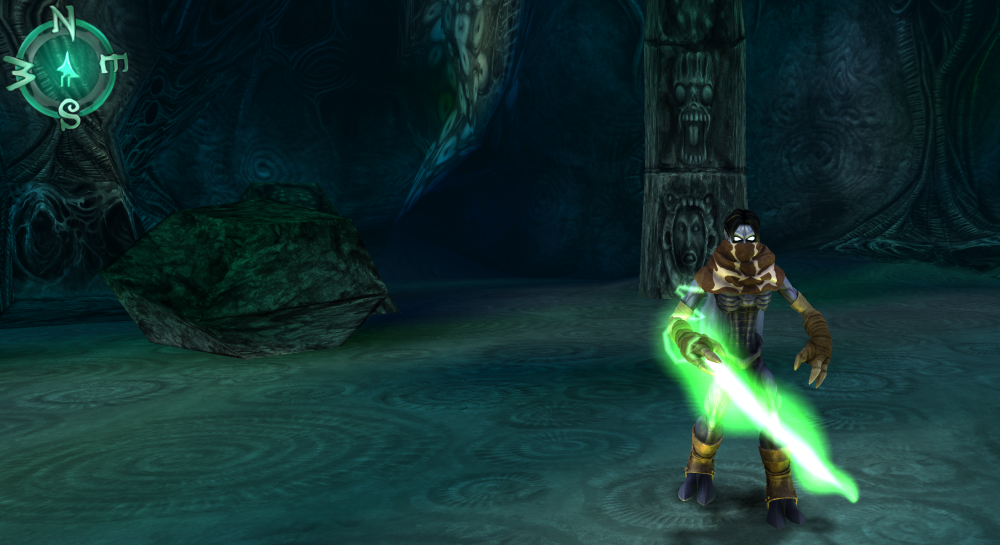
The story and world-building, even without the cursory knowledge of the prior games in this series, definitely gave this game a boost and I get the sense it was one of the huge selling points of the game.
The Bad
Here’s where things take a turn. While there were definitely some things that sold this game for me, the good was outweighed by several instances of bad that make the game a slog at point.
One of my initial critiques. We’re calling this game a remaster, but beyond the opening cutscene in the game, the graphical quality still very much feels very PS2-era for me (see below). Coupled with this is that everything is the same-y brown, mottled texture, which makes navigating areas a nightmare, when it all looks the same.
As with any old game, there were occasional bugs and glitches (one time during which I managed to clip under the actual ground itself). Nothing game-breaking, but definitely a little annoying at times.
What also does not help the visual quality of the games is the fact that the lighting is awful in the game. There were definitely some points where I was struggling to see what I was even looking at due to the dim lighting.
Soul Reaver 1 also has several puzzles throughout the game, many of which consist of moving blocks around to their correct locations. While somewhat interesting, they never offered much of a challenge. I will say, however, that anyone who designed rooms with puzzles to randomly spawn enemies while you are solving said puzzle deserves to stub their little toe on a desk leg at least once a week.
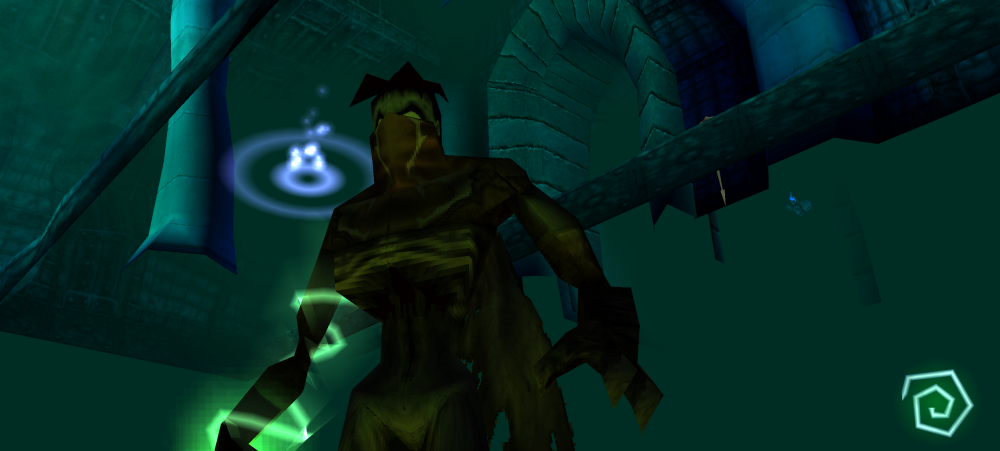
Aside from the Soul Reaver, there are also Glyphs to collect throughout the game. These Glyphs very much seem to function as spells that can be cast against enemies in game and work in a pinch especially if you don’t have your Soul Reaver (you need to be at max health to summon and wield the Soul Reaver). However, beyond this use, there seems to be no incentive to use these specific Glyphs for anything beyond such scenarios.
And at last, we arrive at my biggest gripe: combat. And this is not me saying that the combat is too hard – it isn’t, wonky combat controls aside. My issue that I have with it – there is no incentive to engage anything in combat, outside of the smattering of boss fights in the game. Enemies do not drop anything beyond Souls which can be absorbed to refill your Health Meter. There were many times in the game where I just ran past all the enemies around me because there was no purpose in actually fighting them.
Soul Reaver 2
The Story
We pick up right where we left off at the end of Soul Reaver 1 and pursue Kain through a portal to Nosgoth’s past. Upon exiting the portal, we are greeted by Moebius, the leader of this age’s vampire-hunting crusade. Moebius coerces Raziel to pursue and kill Kain. Raziel is eventually able to locate Kain, who implores that Raziel turn against his fate to kill Kain and instead restore the Pillars of Nosgoth (yes, we establish that fate is predetermined and Raziel is destined to kill Kain). Raziel must decide to either submit to fate (and Moebius’s plan) by slaying Kain, or exercise free will and exert mercy, sparing Kain. Much of the game then proceeds in a very linear fashion towards its conclusion. Again – spoilers – and it also gets very wibbly wobbly (for my Doctor Who fans).
The Good
What a difference a few years makes in terms of graphical quality. Soul Reaver 2 looks infinitely better and more clean than Soul Reaver 1. Details are more fine and a lot of the world has lost that same-y brown hue. However, this may be due in part to the fact that we are treading for several newer and wildly different environments than the first game.
As with its predecessor, Soul Reaver 2 has some extensive and well-delivered voice acting, showcasing that voice acting can make or break how you receive a game. Fun fact: Michael Bell (who voiced Raziel) also voiced Drew Pickles in the Nickelodeon cartoon Rugrats and I can’t not try to hear Drew Pickles in Raziel now.
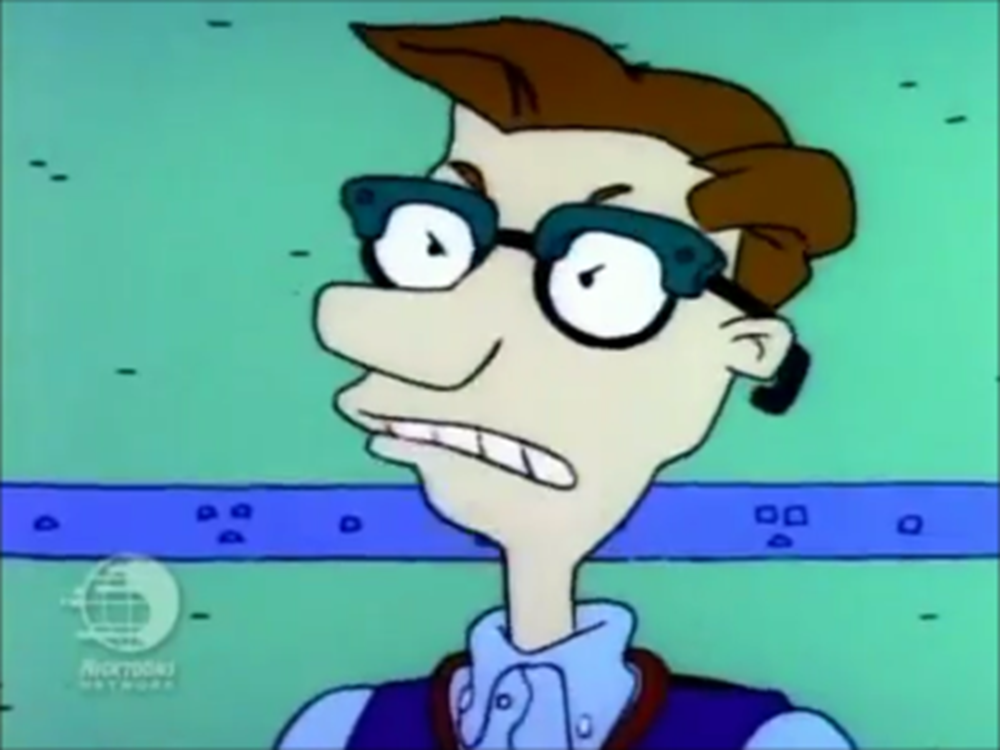
As with Soul Reaver 1, 2’s story is definitely a big sell for this game again, further expanding this already complex universe (which honest truth, would make for a good book series). I also really enjoy games that play with more tangential ideas, especially when it comes to fate and time – are we always doomed to repeat the same cycles, or can we ever break free from that wheel?
One last good note – in Soul Reaver 1, to increase your Health Meter, you needed to find pieces scattered throughout the world – some of which were only accessible after gaining new powers. In Soul Reaver 2, each progression in the story increases your health. Maybe it’s just me and I’m lazy, but I appreciated this.
The Bad
So, you know how we said that the voice-acting in this game was great. Yes. It was. However, there were a LOT of dialogue cutscenes in this already very short game (I managed to get through the whole game in just over 7 hours). I would not have noted this as a detriment if it wasn’t such a huge switch from the last game.
Coupled with the previous critique is the length of the game. As I noted, I pushed through the entirety of the game in just over 7 hours, while Soul Reaver 1 kept me occupied for around 9-10 hours. I could also excuse the shorter nature of the game if it did not feel so…rail-based. Unlike Soul Reaver 1, this game felt much more linear and on rails, for lack of a better term. There never appeared to be any incentives to go back to previously explored areas to see if you missed anything.
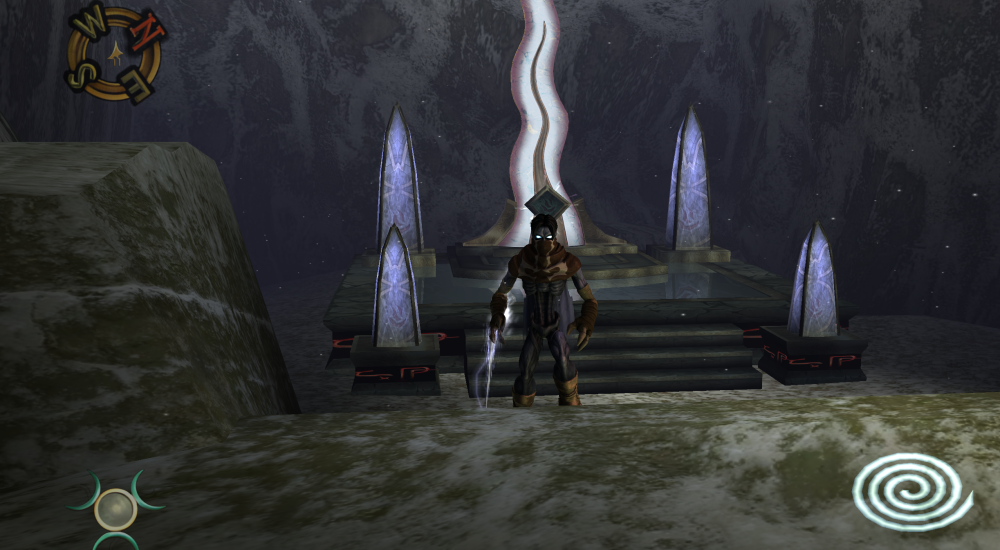
My biggest critique of Soul Reaver 2, much like Soul Reaver 1, was the combat. Much like Soul Reaver 1, there is very little incentive to fight enemies in this sequel, aside from picking up their weapons or gaining souls to refill your Health Meter. There are quite a few instances in the game where you are “forced†into combat to proceed, but with the Soul Reaver equipped, lasts mere seconds. My biggest bone to pick with the combat, however, stems from the final fight or two of the game. Soul Reaver 2, unlike 1, has no real “boss fights†per say, which makes the end of the game a frustrating exercise in tedium (as you have a weapon towards the end of the game that constantly heals you to the point that damage is minimal, if non-existent, in combat).
The Overall
All in all, Soul Reaver 1 and 2 definitely have their areas of appeal and I can see why there is such a devoted fan base for these games, even in 2025.
The biggest flaw that I see is this: there are games with better puzzle elements in this day and age and there are games with better combat in this day and age.
I rarely, if ever, felt stuck on the puzzles in the game. And even puzzles that did have some more complexity to them only took a few extra minutes to figure out.
With the combat, I never felt a sense of “riskâ€, for lack of a better term. Even if your Health Meter is depleted, you don’t “dieâ€. You simply revert to the Spectral Realm, fight a few cannon fodder enemies for souls, and reappear back in the physical world again. It very much made me ask the question “Can I actually ever die?†with a classic Game Over screen? Maybe you can, but I never saw it (and trust me – I am not the best gamer out there).
In an ever-growing world of remasters and reboots of old franchises, I cannot say in good faith that these games hold their weight in the current age of gaming.
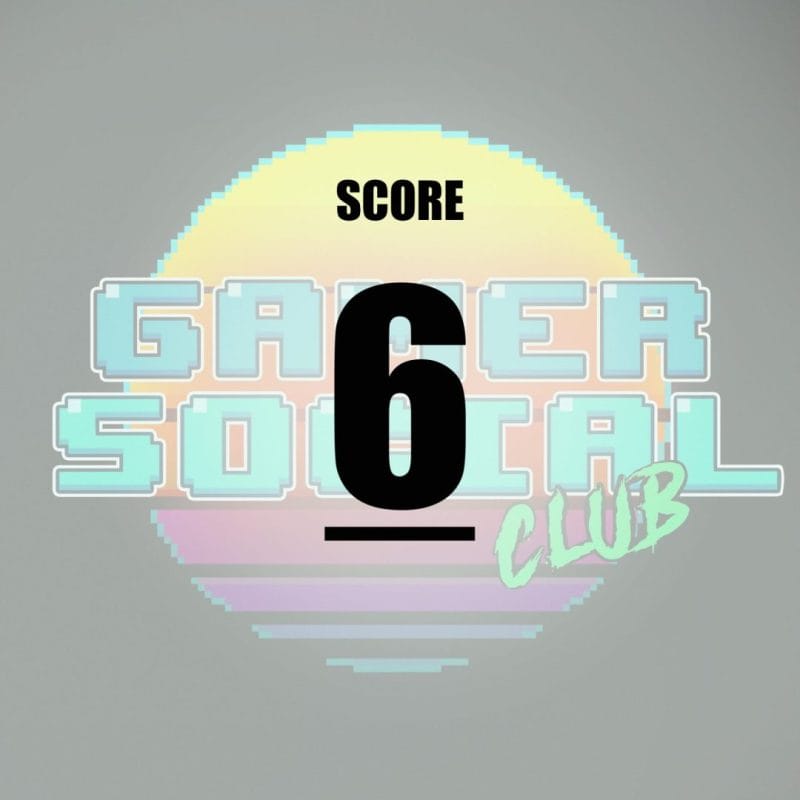
Gamer Social Club was provided a review code for purpose of this review. This review was played on PC.
